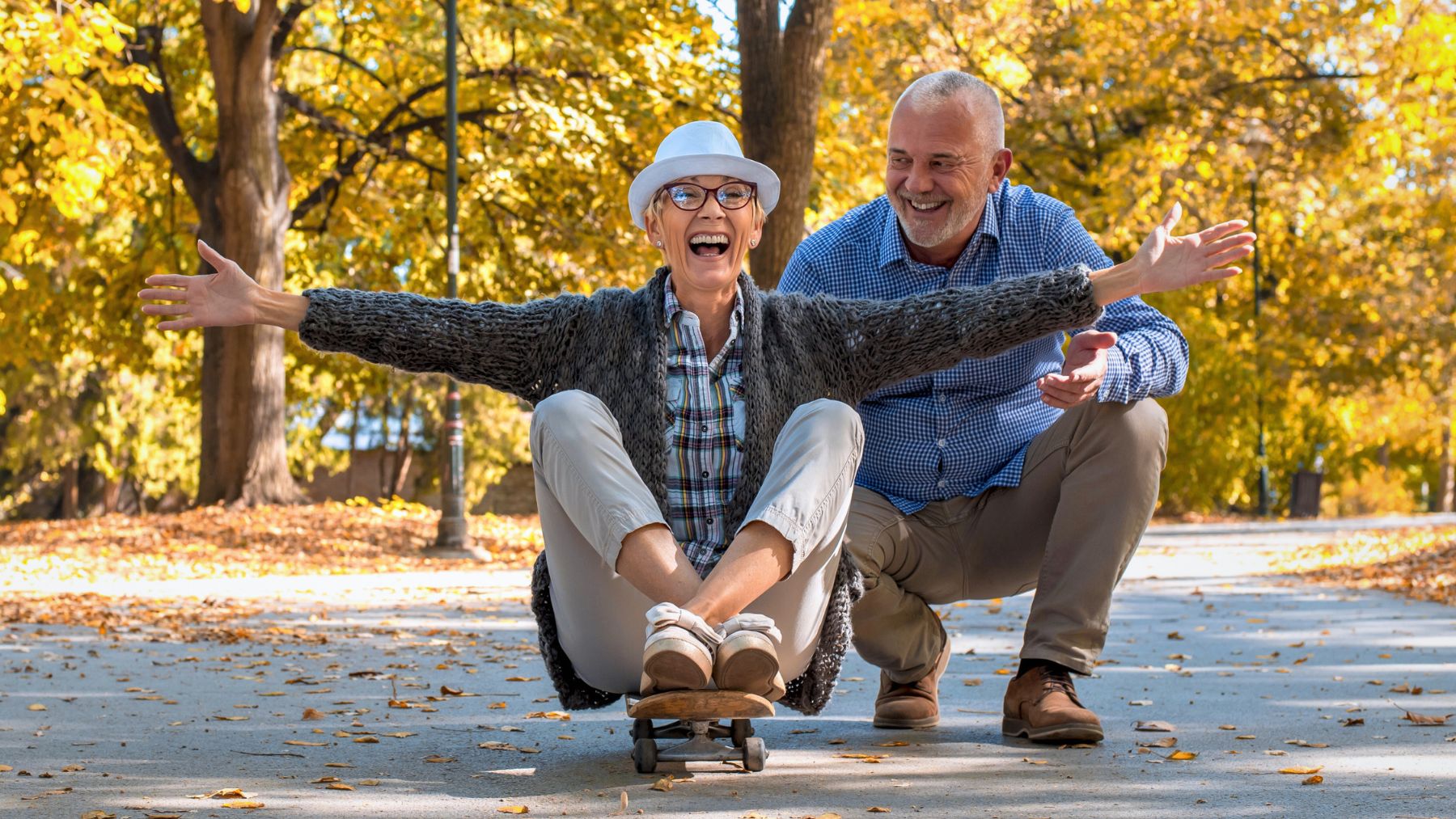Carrying a reusable water bottle this summer is a must, of course. But there’s one simple accessory that delivers direct defense against the sun and heat: a wide-brimmed sun hat. While drinking plenty of water remains a top priority, protecting your scalp and face with a hat reduces UV exposure and overheating, which is especially important for adults over 65.
Here, we’ll explore why a wide-brimmed hat should be part of every senior’s summer kit and highlight complementary precautions—like applying broad-spectrum sunscreen, wearing UV-blocking sunglasses, and checking local heat advisories—to keep you safe and comfortable from June through August.
The essential outdoor shield for seniors: the wide-brimmed sun hat
Ditch flimsy baseball caps and choose a hat designed for maximum sun protection. Look for a UPF-rated, tightly woven straw or lightweight cotton model with at least a 3-inch brim all the way around. That generous brim casts shade over your forehead, ears, neck, and shoulders—areas prone to sunburn.
By blocking direct solar radiation on your scalp, you help maintain a lower core temperature and reduce strain on your circulatory system. For optimal comfort, pick breathable materials with a ventilated crown and moisture-wicking sweatband. Light hues like beige, white, or pastel blue reflect sunlight, while a chin cord or adjustable band keeps the hat secure in breezes.
More summer strategies for those over 65
Wearing a sun-shielding hat is only one part of beating the heat this summer. Consider the following tips:
- Drink water, even without thirst: Thirst signals weaken with age and some diuretics can accelerate fluid loss. Aim for eight 8-ounce servings of plain water or hydrating alternatives—coconut water, lemonade, or herbal iced teas—throughout the day. Carry a refillable bottle with you and take regular sips. Avoid alcohol, caffeine, and sugary sodas that promote dehydration.
- Time your outings wisely: Peak UV index and temperatures usually spike between 11 a.m. and 4 p.m. Schedule walks, errands, or gardening for early morning or late afternoon when the sun’s intensity drops. If you must venture out midday, stick to shaded routes under trees, awnings, or pergolas, and limit your exposure to brief intervals.
- Dress for the weather: Select loose, airy garments woven from natural fibers that allow sweat to evaporate. Choose light tones and UPF-rated shirts, long skirts, or wide-leg pants to cover arms and legs. Steer clear of dark synthetic fabrics that trap heat and prevent moisture wicking.
- Know your meds and risks: Many common prescriptions—diuretics, beta blockers, antihistamines—heighten heat sensitivity or impair fluid regulation. Consult your physician or pharmacist about side effects and whether you need extra precautions like more frequent hydration, cooling sprays, or flexible activity schedules.
- Cool down fast: At the first sign of heat stress—dizziness, headache, nausea, or rapid heartbeat—seek an air-conditioned space or a shaded park bench. Remove excess layers, apply damp towels to your neck, wrists, and forehead, and take slow sips of water.
Pair your wide-brimmed hat with hydration, timely outings, breathable clothing, sun-safety gear, and awareness of personal health factors. Tune into your body’s signals, prioritize shade and cooling breaks, and savor the sunlit days with confidence and comfort.

